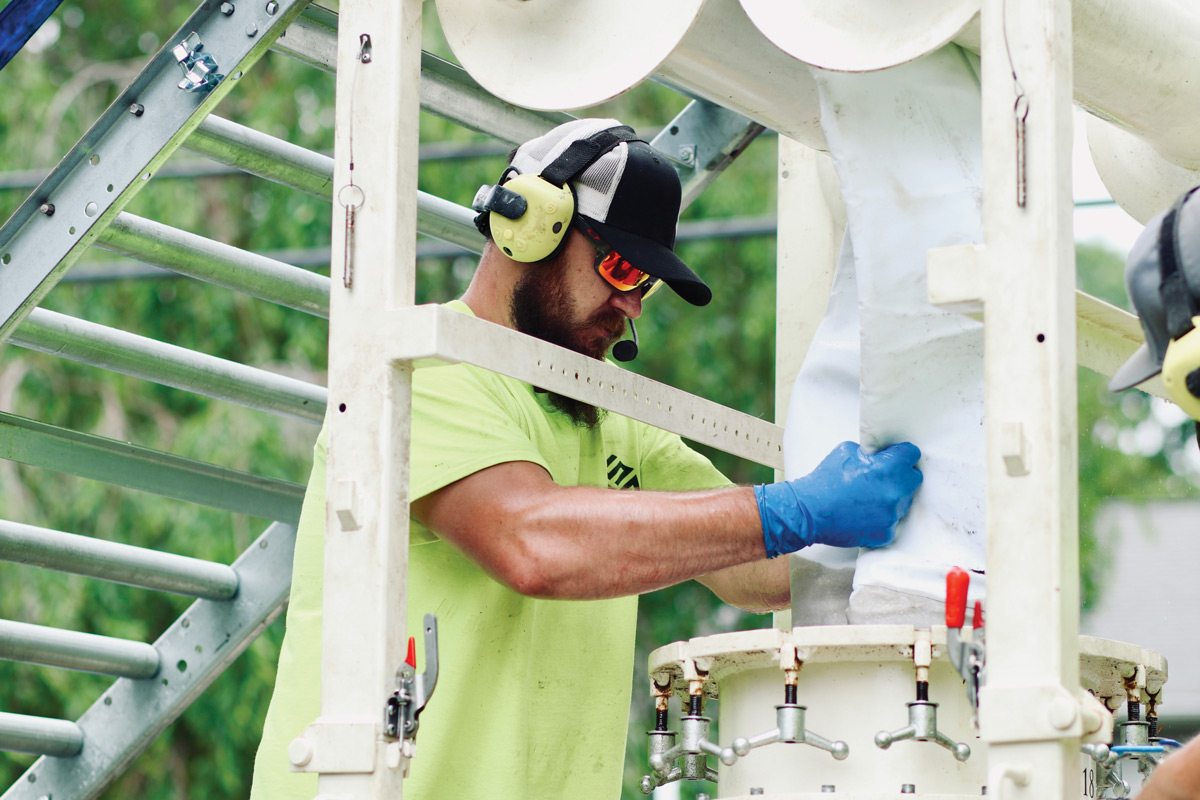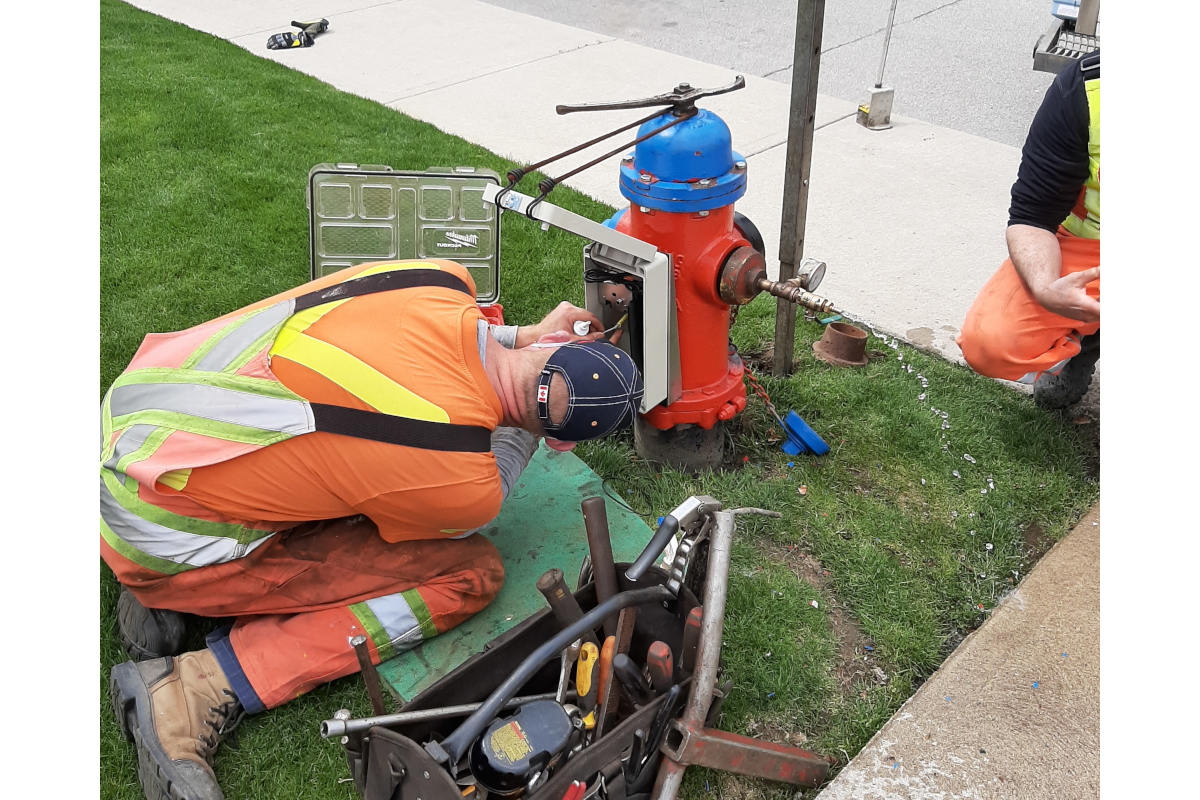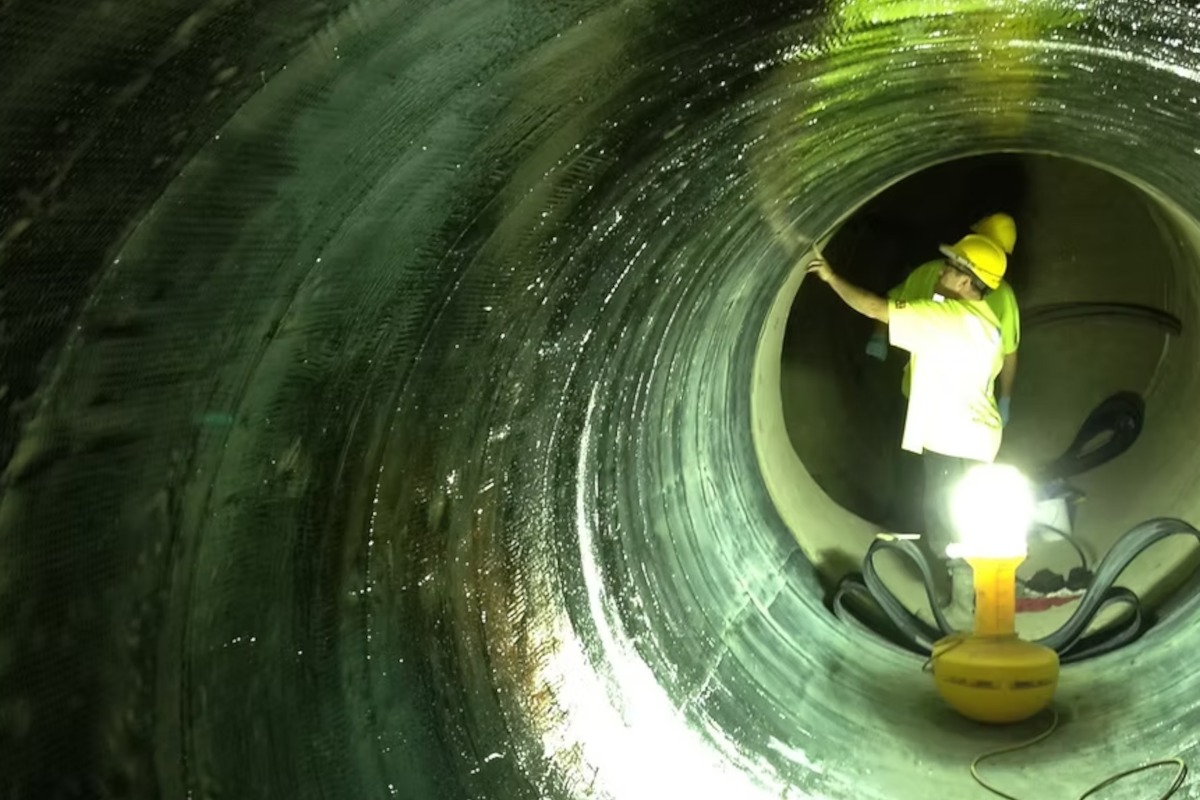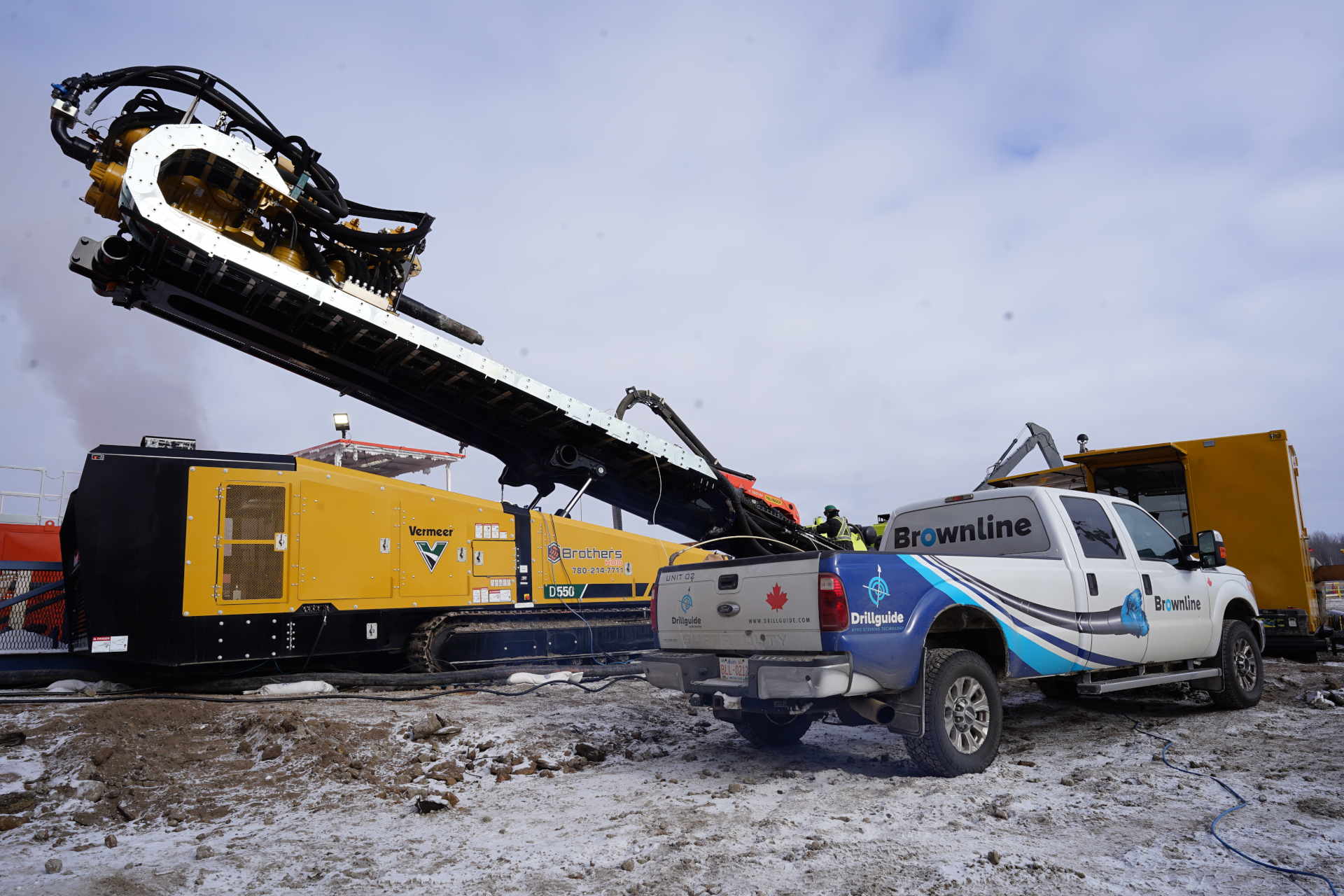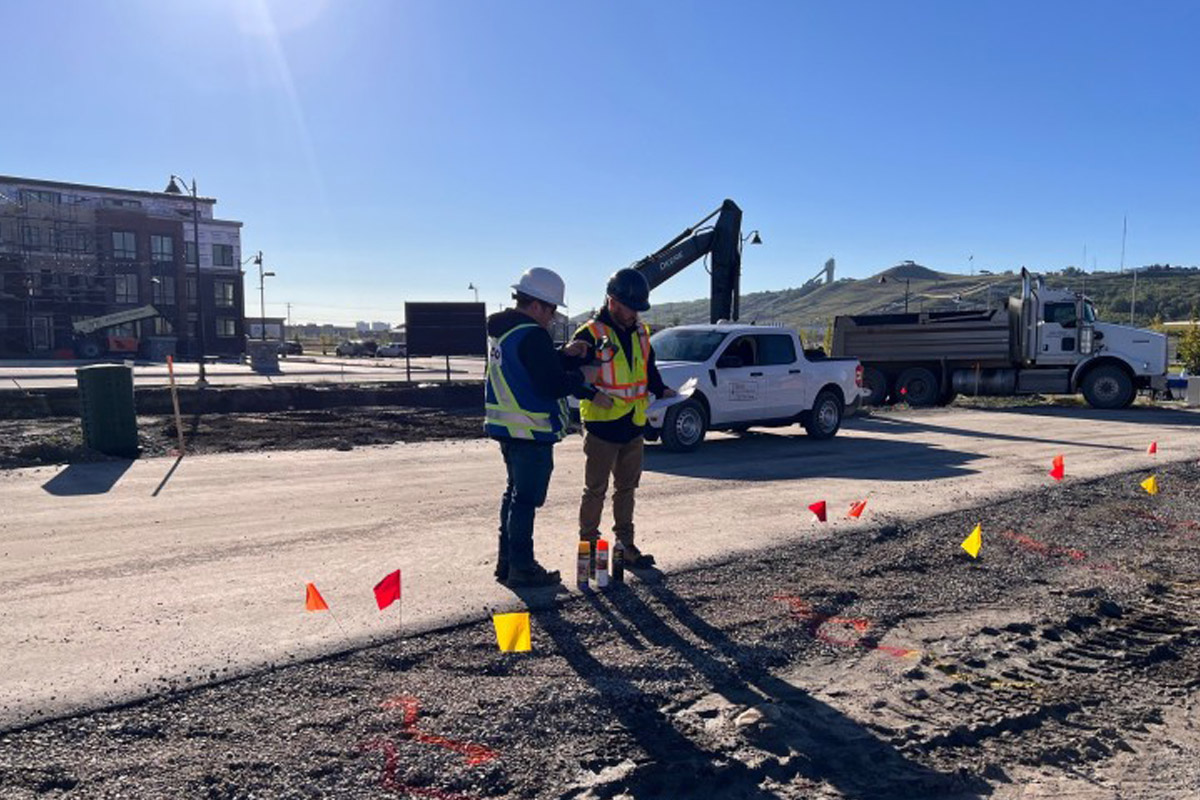
Alberta’s Alternate Locate Provider Program is a Gamechanger
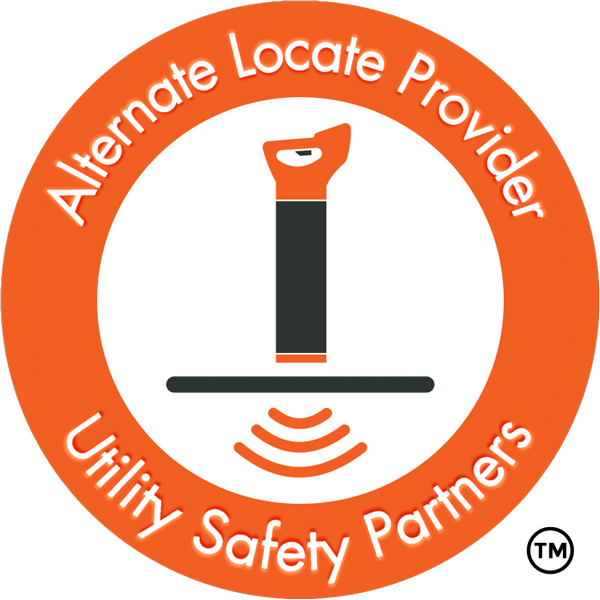
August 1, 2024, marked the culmination of more than two years of work in creating the Alternate Locate Provider program. This date will go down in Alberta’s damage prevention history as the day when the digging community finally had a locating and marking option.
Before explaining more about the Alternate Locate Provider (ALP), it’s best to understand how it got here.
The Conversation Begins
All communities, from small towns to major urban centres, are serviced by distribution energy and utility assets which appear on the majority of locate tickets. Decades ago in Alberta, those utility asset owners formed locate consortiums in major urban centres to dispatch a single locator rather than each utility dispatching its respective locate and marking resource.
It was a great idea, it worked but challenges arose. While this approach was initially effective, it eventually encountered challenges. Consortium locator contracts inadvertently created bottlenecks, limiting locator capacity and causing recurring delays.
When the digging season is interrupted by the cold winter months, and a year’s worth of digging projects get jammed into an eight-month span, or less, delays can be horrific.
A better option was necessary, and a consortium of Alberta-based utility owners created a task force to find a solution. The task force members included ATCO, ENMAX, EPCOR, FortisAlberta, TELUS and the cities of Calgary and Edmonton. Utility Safety Partners (USP) also had representation on the task force. Since the ALP launched, Rogers Communications also joined as utility owner.
USP – the unification of Alberta One Call, the Alberta Common Ground Alliance and the Where’s the LINE campaign – provides project management and administrative assistance to the ALP program.
After investigating different processes in Canada and abroad, the task force developed the Alternate Locate Provider program.
The ALP Process
To uphold the paramount integrity of the locating and marking process, a locating and marking training standard was developed and beta-tested by subject matter experts. And, on the heels of that, a Locate Service Provider assessment protocol was also developed. In short, to be registered as an ALP locate service provider (LSP), and have their contact information appear on USP’s website, the LSP must successfully complete USP-endorsed training and third-party audit.
The ALP locate request is submitted through USP’s standard ticket creation process by selecting “YES” in the Alternate Locate Provider Option field (watch this video to see just how easy it is). Once submitted, the ticket requestor works directly with their selected Alternate Locate Service Provider from USP’s website to complete locates for members participating in the ALP Program. Members not participating in the ALP Program will receive a copy of the ticket and respond to the request following normal procedures.
Damage Prevention Game-Changer
Why is the ALP such a game-changer? At its core, it presents the digging community with an option – an alternative way to have locates completed. Instead of being bound by the constraints of the traditional consortium model, the ALP opens the field to a broader range of approved locate service providers. This not only increases capacity but also allows for more direct communication between the excavator and the locator, which is crucial for understanding the specifics of each project. Also, the Alternate Locate Service Provider works directly for the project owner on their timeline and can serve to reduce unnecessary downtime.
One of the most significant outcomes of the ALP is the approval of more than 230 experienced and qualified new locators (as of May 2025) to meet the demands of Alberta’s busy digging season. This marks an unprecedented increase in capacity.
The ALP doesn’t just add more locators. It adds highly trained professionals who have undergone a rigorous assessment protocol to ensure they meet the high standards required to maintain the integrity of the process.
Projects Completed
To date, more than 13,000 excavation projects have selected the ALP option.
Even more impressive, there have been no damages reported where the ALP process was chosen. Considering the damage ratio per thousand locate requests and notifications, reported in the 2023 Canadian Common Ground Alliance’s DIRT Report, at 7.09 and 2.09 respectively, this is truly the most notable and important metric.
Mike Sullivan is president of Utility Safety Partners.

